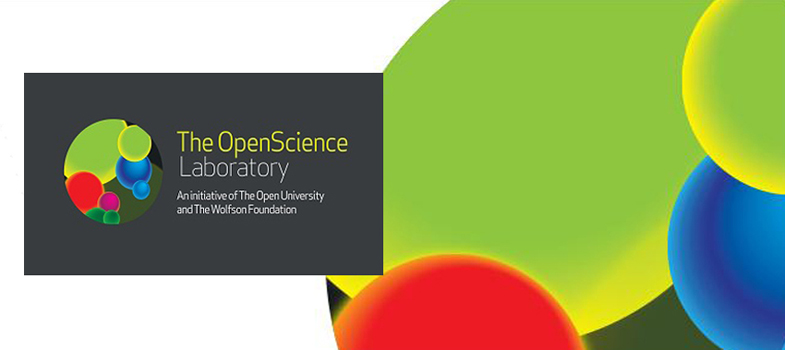7 Getting into the laboratory
Getting into the laboratory — Polymerase chain reaction (PCR)
For this investigation, we will be using a laboratory technique called the polymerase chain reaction (PCR). This technique greatly amplifies short segments of DNA by making many copies of it. This is done in vitro (outside the organism, in an artificial environment such as a laboratory).
The method exploits a key feature of the DNA double helix: each base makes a specific pairing with a corresponding base in the other strand. These interactions are known as base-pairing, for which there are very precise rules:
- T pairs only with A
- C pairs only with G.
Since the sequence of bases on one strand is complementary to the sequence of bases on the other strand, the two strands of the double helix are described as complementary.
DNA base-pairing provides a mechanism by which the DNA is normally copied within a cell. Once the strands have been separated, new DNA strands can be synthesised by an enzyme called a DNA polymerase. This adds nucleotides to each separated strand according to the base-pairing rules.
Any section of a person’s genomic DNA, such as the CYP2D6 gene, can be amplified using this copying process by using PCR. The process is rather like DNA replication, in that each strand of the duplex (double-stranded DNA) is copied, the duplex split apart and the copying repeated over and over again. This is performed in a laboratory environment using an enzyme called Taq polymerase.
Activity
Watch the video illustrating how PCR works.
http://www.dnalc.org/ resources/ 3d/ 19-polymerase-chain-reaction.html [Tip: hold Ctrl and click a link to open it in a new tab. (Hide tip)] . (Please note this link takes you to an external website where a transcript of the video is also available. You may wish to open the video in a new tab.)
How many copies can be produced from a single starting molecule, according to the video commentary?
Answer
As many as a billion copies.
6 Other variations — copy number
